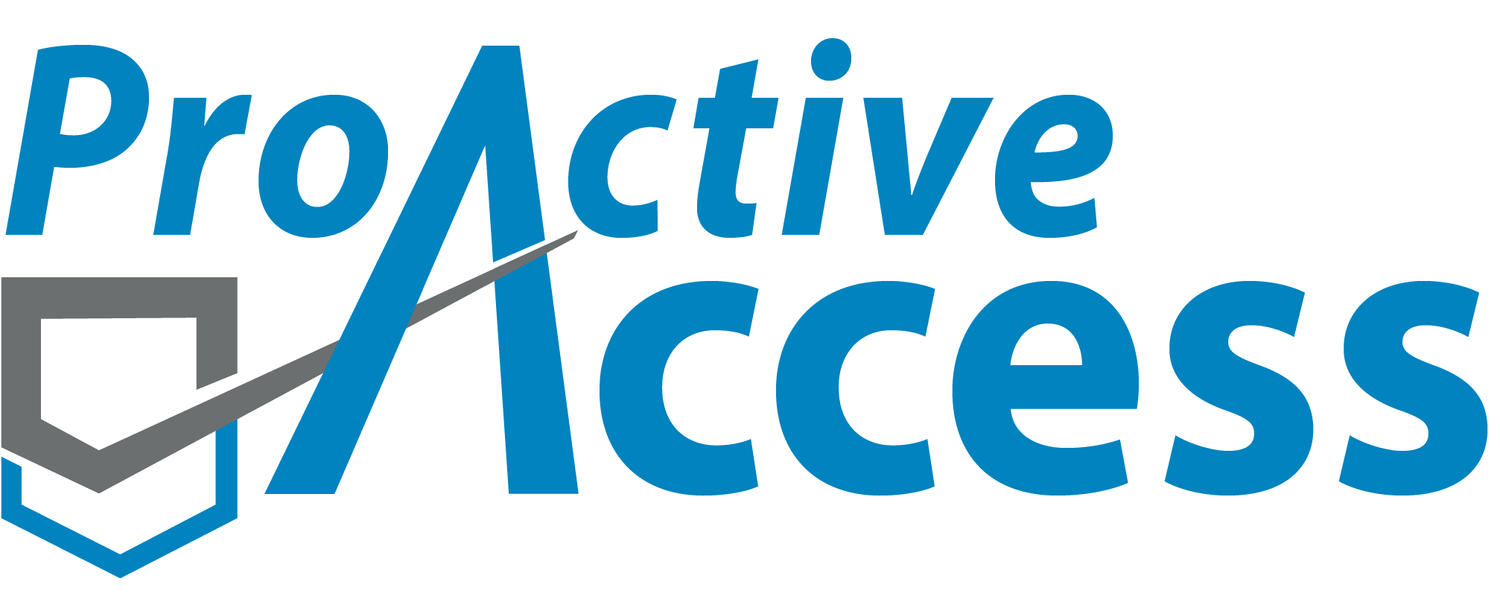What is a Serial Litigant?
The Americans with Disabilities Act (ADA) is a unique civil rights law that is primarily enforced through civil litigation. Businesses and property owners rarely receive fines or notices for failure to comply with disability access requirements. Most of the time, a business owner will learn that they fail to comply with the ADA upon being served with a legal complaint alleging one or more accessibility violations. In some cases, the US Department of Justice will step in and enforce large cases involving discrimination against people with disabilities but for the most part, enforcement is left to individuals exercising their right to equal access. As with most laws written with good intentions, there are small segments of the population that will abuse the law for financial gain.
What is a High Frequency Litigant?
Individuals that file many “ADA Lawsuits” have numerous labels: High Frequency Litigants, Serial Litigants and Serial Plaintiffs just to name a few. However, the only codified term for these individuals is “High-Frequency Litigants”. Ca. Civ. Proc. Code § 425.55 defines a High-Frequency Litigant as an individual or attorney who has filed 10 or more complaints alleging a construction-related accessibility violation within the 12-month period. These individuals are often the subject of news reports about multiple local businesses being targeted by a single plaintiff claiming discrimination. Often times, a High-Frequency Litigant will issue boiler plate lawsuits to many of the same types of businesses and demand monetary compensation with settlements averaging $10,000 to $25,000 each. The cost of legal fees typically exceeds the amount that the plaintiff demands and defendants often choose to pay a settlement to avoid a costly trial.
It is important to understand that High-Frequency Litigants make up an extremely small segment of the disabled population. 99.9% of people with disabilities enjoy the goods and services provided by businesses without filing legal complains or drawing attention to their disability.
Why aren’t there laws to prohibit serial litigants from filing so many complaints?
The ADA is not a building code. It is a civil rights law that protects the equal rights of people with disabilities. Architectural barriers that prohibit equal access to people with disabilities are considered acts of discrimination. Just like other civil rights laws, the ADA does not require protected individuals to give perpetrators of discrimination a warning or written notice before filing a legal complaint to protect their rights. Individuals have a right to protect themselves and others from discrimination. For that reason, many lawsuits alleging discrimination can be filed by a single plaintiff.
Resources:
How Do I Protect Business From Being Targeted with an ADA Lawsuit?
Benjamin Franklin said it best “An ounce of prevention is worth a pound of cure”. The best way to avoid an ADA lawsuit is to apply a proactive approach to disability access. The first step to improving accessibility is to have your facility evaluated by a Certified Access Specialist. A CASp Inspector will identify each construction related ADA violation and prepare a CASp Report. The report will serve as the foundation of a barrier removal strategy. As architectural barriers are removed and accessibility increases, exposure to an accessibility lawsuit decreases. Contact our office for a free consultation and to receive a free CASp Inspection estimate.


